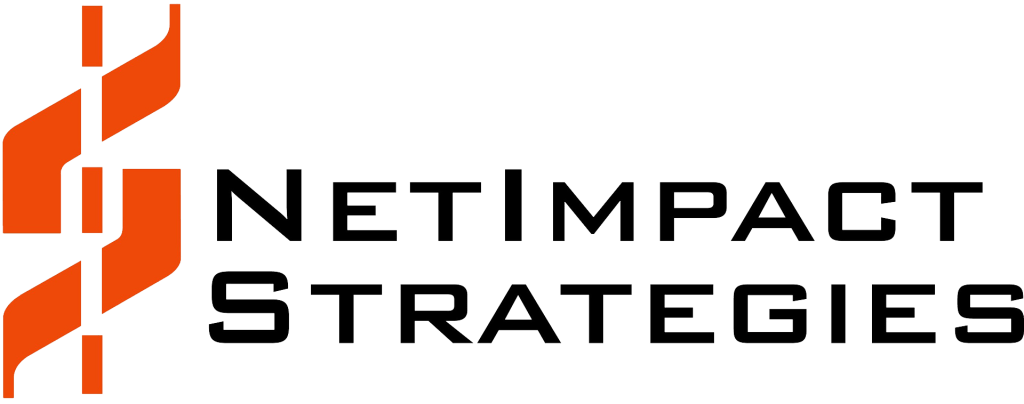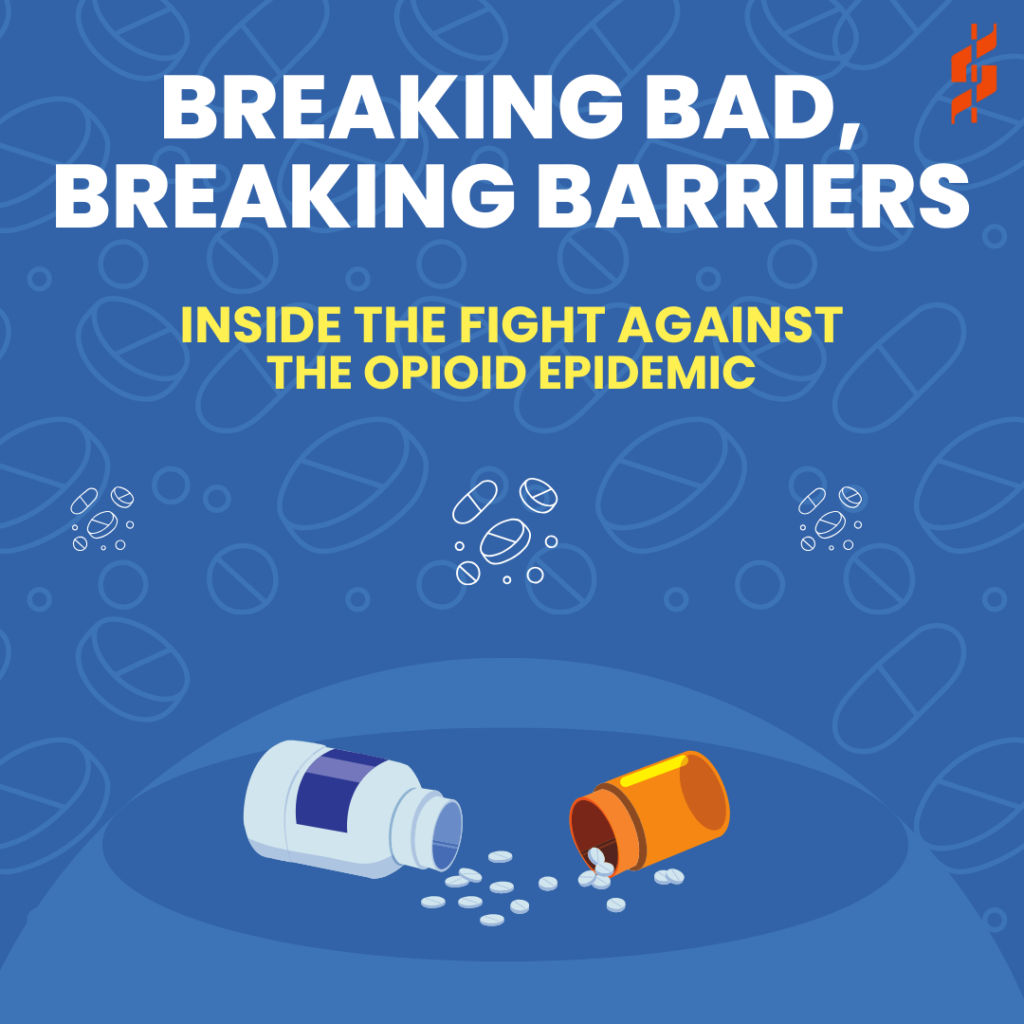The National Center for Biotechnology Information (NCBI) research shows that 3M U.S. citizens and 16M individuals worldwide have had or are suffering from opioid use disorder (OUD)i, a chronic condition where individuals find it difficult to control themselves to stay away from using opioids. This chronic addiction characterized by uncontrollable opioid use isn’t just a national issue, it’s a global public health crisis, claiming hundreds of thousands of lives, and continues to devastate communities across the country.
In 2021, drug overdose deaths increased by 16% compared to 2020, with opioids contributing to over 75% of the nearly 1,07,000 fatalities, according to the Centers for Disease Control and Prevention (CDC). These alarming numbers underscore the urgency of addressing this epidemic.
CDC data shows that in 2021 opioids contributed to over 75% of 1,07,000 fatalities.
Opioid addiction is a chronic and relapsing disease that can affect anyone. They are a class of drugs used to reduce pain, both highly effective and addictive. Opioids include both legal prescription pain relievers and illegal drugs like heroin. Opioids can be classified into three broad categories including:
Prescription opioids: These are prescribed by doctors to treat pain, but do have side effects. Common types of prescription opioids are OxyContin, Vicodin, Morphine, and Methadone. These opioids are believed to be the beginning of the opioid epidemic in the U.S. causing overdose deaths since 1993. In 2017, over 191M opioid prescriptions were dispensed across the U.S.
Heroin: Heroin surged in 2010, fueling a second wave of deadly overdoses. These are highly addictive and illegal opioids and remain a significant contributor to the ongoing opioid crisis in the U.S. Overdose of heroin can cause slow and shallow breathing, coma, and death. In 2021, over 11%ii of all opioid deaths involved heroin. Stats also show that during 1999-2021, around 152000 people died from heroin overdose.
Fentanyl: Fentanyl can be classified in two types: (1) Pharmaceutical fentanyl; (2) Illegal fentanyl. Pharmaceutical fentanyl is a synthetic opioid pain reliever and is typically used for advanced cancer pain. It’s 50-100 times stronger compared to morphine. Illegal fentanyl is made illegally and sold like heroin. It is strong and dangerous and often mixed with other drugs, like heroin and cocaine, many times without the user knowing it. Fentanyl’s deadly tide surged in 2013, bringing the third wave driven by a dramatic rise in overdoses involving synthetic opioids, especially illicitly manufactured fentanyl.
| In 2002, Stacey Dimasiii found herself struggling with an unexpected addiction following a surgery resulted due to a fight with a man who lacerated her liver while she was drunk. Post-surgery, she was prescribed narcotics for the pain. Later on, more surgeries for ovarian cysts and kidney stones necessitated more opioid prescriptions. In 2014, she moved to Ithaca with her two kids. As she navigated this medical journey, her opioid usage spiraled out of control, and when New York state doctors were less willing to prescribe opioids, she turned to more affordable illegal substances as an alternative. This step resulted in losing custody of her two kids after her mother and mother-in-law reported the case to Child Protectuve Services for negligence. |
Analysts say the opioid problem started with the overprescription of legal pain medications, theft and robbery from local pharmacies, fraudulent prescriptions, etc. It has intensified in recent years due to influxes of cheap heroin and synthetic opioids, including fentanyl, supplied by foreign drug cartels. The overall opioid crisis has reached such a scale that it has become a significant drag on the economy and a threat to national security. As per the U.S. Commission on Combating Synthetic Opioid Trafficking report, fatal opioid overdoses are believed to incur an annual cost of $1 trillioniv on the U.S. economy.
Between 2010 and 2017, overdose deaths in New York from opioids skyrocketed by 200%.
The opioid epidemic in the U.S. remains a critical public health issue, fueling a devastating epidemic with tragic consequences. There are several methods criminal organizations and individuals use to transport these illegal drugs across the country. The most common methods of opiods transit are through Land (via vehicles, trains, buses, foot), Air (via private planes and drones, commercial airlines), and Sea (via shipping containers and submarines and boats). The dark web also remains a source of concern, facilitating anonymous drug trafficking and contributing to the crisis. To combat this issue, authorities are focusing on dismantling transnational criminal organizations, disrupting online drug marketplaces, and addressing the root causes of addiction through harm reduction and treatment programs.
| In 2019, Joaquín Guzmán Loera, also known as El Chapo the Drug Kingpin, the former leader of the Sinaloa Cartel, was sentenced to life in prison plus 30 Yearsv for his role in vast drug trafficking and other crimes. |
Penalties of opioid trafficking vary depending on several factors such as quantity and type of opioid usage. Carrying small amounts of prescription opioids might cause less severe punishment than a felony, however carrying large quantities of potent drugs like fentanyl can result in decades in prison. Penalties for individuals caught selling and distributing opioids face harsher punishment. Then having a previous history of drug-related committing offences can lead to increased imprisonment. The punishment also varies from state to state where the offence has occurred.
The crisis of opioids is far beyond what it appears and there is certainly no single solution. As a family member or friend, one can play a crucial role in supporting those who are affected and struggling to fight the opioid crisis.
| What Can You Do as a Family, Friend, or a Community? 1. Offer your support, empathy, and compassion without judgment. 2. Encourage and guide towards seeking help from treatment centers, support groups, or therapists. 3. Understand the recovery journey and be there for them through thick and thin. 4. Discuss openly and honestly about the situation to help break down stigma and build trust. 5. Donate and support organizations working to combat the crisis, provide treatment, and increase awareness. 6. Volunteer at treatment centers, support groups, and outreach programs. 7. Educate your friends, family, and community about the danger of opioids usage, what it can lead to, and the importance of prevention. |
The United States federal government plays a crucial role in fighting opioid epidemic, with primary agencies including the Drug Enforcement Agency (DEA), the federal force enforcing drug laws; the Organized Crime Drug Enforcement Task Force (OCDETF), merges the resources and expertise of the DEA and multiple federal agencies to combat illegal drug supply, associated violence, and criminal activities in the U.S.; and the Federal Bureau of Investigation (FBI), probing drug trafficking organizations and organized crime networks, gathering intelligence, and executing operations to dismantle these criminal enterprises. USDA also committed to be one of the stronger partner to help the rural counties where drug-overdose deaths are higher through programs for prevention, treatment, and recovery for the affectedviii.
| Disrupting the global illicit fentanyl supply chain. The Biden-Harris administration announcedvi a strengthened whole-of-government approach to save lives by disrupting the trafficking of illicit fentanyl and its precursors into American communities. This approach builds on the President’s National Drug Control Strategyvii and helps deliver on his State of the Union call to beat the opioid and overdose epidemic by cracking down on the production, sale, and trafficking of illicit fentanyl to help save lives, protect the public health, and improve the public safety of our communities. |
While agencies work together to target opioid crisis and money laundering groups, investigating, making arrests, and prosecuting opioid traffickers to disrupt supply chains and diminish the impact of drug-related crimes on communities nationwide, however the struggle against the crisis requires much more than the tradional methods. Agencies face complex scenarios where data is fragmented and lives across sources. To fight efficiently and effectively, having advanced tools by the side can seamlessely integrate information and simplify case management process and amplify the impact. Because, the actual task is not just about chasing criminals, its about protecting the communities and providing them a safer surrounding.
The DX360°® Investigative Case Manager (ICM) is a seasoned technology that streamlines operations, automate processes, and fosters seamless collaboration. Tackling drug-related challenges demands a unified, technology-driven approach that transcends conventional methods, enabling agencies to decipher complex networks, optimize resources, and ultimately make significant strides in curbing drug trafficking and addressing the opioid crisis. DX360°® ICM facilitates evidence collection, analysis, and self-service reporting, while its customizable workflows and centralized records management ensure a single source of truth for all case-related documentation. Features like AI-driven suspect identification and role-based access control enhance efficiency, saving up to 50% in case research time. Its analytics and reporting capabilities offer real-time insights, enabling informed decision-making and fostering collaboration across multiple teams, ultimately optimizing case resolution and agency productivity.
Learn more about DX360°® Investigative Case Manager (ICM) by requesting a personalized today: demo@netimpactstrategies.com



